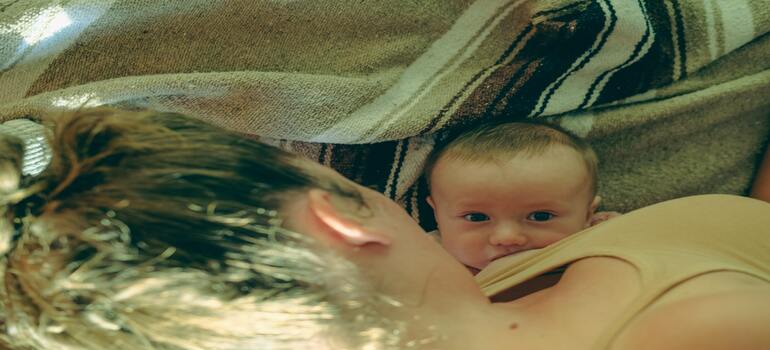Solid Foods For Your Baby Post Weaning

- October 12, 2020
- MKB Team
How to Introduce Solid Foods While Breastfeeding
What is weaning exactly?
There still is a lot of confusion behind the meaning of this word so we went to our trusted source wiki to get you some much needed clarity on weaning.
Weaning is the process of gradually introducing an infant to what will be its adult diet while withdrawing the supply of its mother's milk. The infant is considered to be fully weaned once it is no longer fed any breast milk (or bottled substitute).
Thanks our dear friend Wikipedia, for making it so easy to understand!
When should babies begin weaning ideally?
The World Health Organization (WHO) and other health bodies recommend that babies are fed entirely on breast milk for their first six months of life and continue having their mother’s milk alongside other foods – known as complementary foods – until at least the age of two.
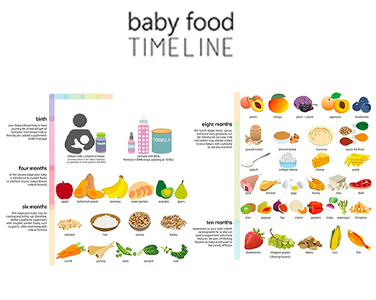
After six months, your baby begins to need higher levels of certain nutrients – such as iron, zinc and vitamins B and D – that he/she can’t get from your breast milk alone. But solid food will only complement your baby’s milk intake to start with, and replace it gradually. Breast milk will remain the baby’s major source of nutrients for many months to come.
A typical seven-month-old still gets 93% of their calories from milk. Even at 11 to 16 months, milk may still provide around half of their daily calorie intake.
Did you know ? Moms sometimes think breast milk isn’t important once their baby has started eating solids, but in fact there’s no better milk substitute for your baby, however old the baby is.
Indeed the entire weaning process can take as long as mom and baby want it to: When to stop breastfeeding, is entirely your choice. Don’t feel pressured by what friends are doing or what family members, or even strangers say. All that matters is what feels right for you and your baby.
How do you introduce your baby to the overwhelming world of foods ?
Keep these fuss free steps in mind when you introduce foods to your baby.
- Start simple.
Offer single-ingredient foods that contain no sugar or salt. Wait three to five days between each new food to see if your baby has a reaction, such as diarrhoea, a rash or vomiting. After introducing single-ingredient foods, you can offer them foods in your preferred combination.
Important nutrients.
Iron and zinc are important nutrients in the second half of your baby's first year. These nutrients are found in pureed meats and single-grain, iron-fortified cereal.
Baby cereal basics
Mix 1 tablespoon of a single-grain, iron-fortified baby cereal with 4 tablespoons (60 millilitres) of breast milk or formula. Don't serve it from a bottle. Instead, help your baby sit upright and offer the cereal with a small spoon once or twice a day after a bottle or breast-feeding. Start by serving one or two teaspoons. Once your baby gets the hang of swallowing runny cereal, mix it with less liquid and gradually increase the serving sizes. Offer a variety of single-grain cereals such as rice, oatmeal or barley. Avoid feeding your baby only rice cereal due to possible exposure to arsenic.
Add vegetables and fruits
Gradually introduce single-ingredient pureed vegetables and fruits that contain no sugar or salt. Wait three to five days between each new food. This wait is really important and most parents swear by it, to identify any allergies that the baby might have.
It doesn’t end here! We wanted to bring to you our top 10 baby puree recipes that will assure that your baby is never bored eating the same predictable meals. You’re welcome moms! We always have your back.
1. Sweet Potato + Cauliflower = Sweet Flower
2. Butter Bean Mash
3. Pea + Spinach = Peanach
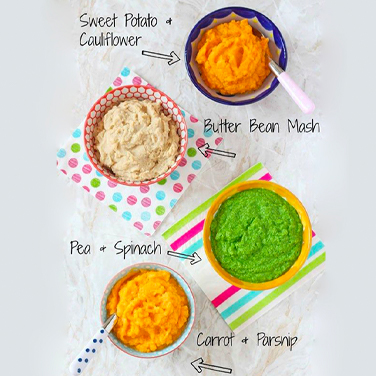
4. Carrot + Parsnip = Carsnip
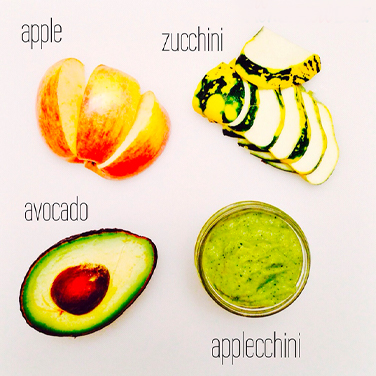
5. Apple + Zucchini + Avocado = Apavchini
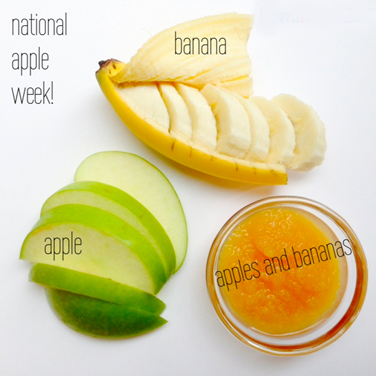
6. Apple + Banana = Banaple
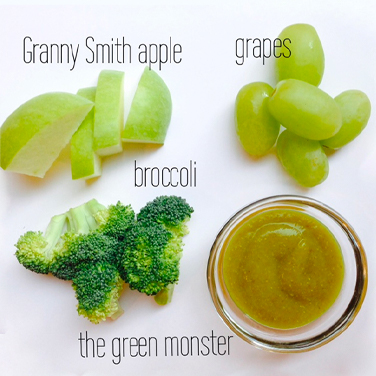
7. Granny Smith Apple + Grapes + Broccoli = Appesoli
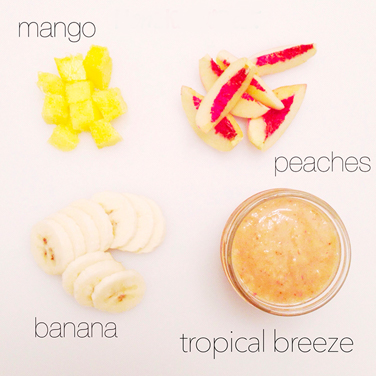
8. Mango + Peach + Banana = Peananago
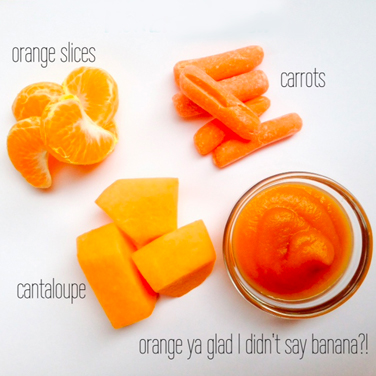
9. Orange + Cantaloupe + Carrots = Carloupange
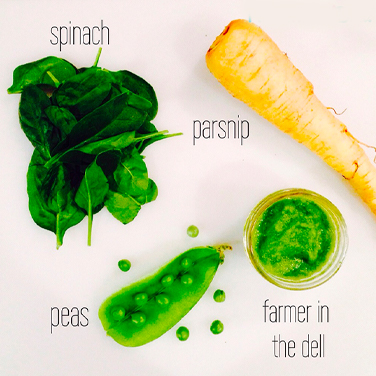
10. Spinach + Parsnip + Peas = Spisnipea
We hope you have a great weaning experience. Tough or easy, these milestones are something you will remember all your life. So enjoy it with your chin up & let your hair down super mom. We are so proud of you!!
What is the process you followed for weaning? What foods worked the best for you to ease your baby into winning at weaning?
Published by
MKB Team
200 Articles
MomsKnowBest is a fast-growing vibrant community of moms, for moms, by moms. Motherhood is complex fun, fulfilling, grueling, exhausting and very complex. There’s no handbook to it. And let’s face it – moms are put...
Read MoreShare with your friends!
Leave a Comment
Trending Post
Myth Buster: Having iron tablets makes your child...
Busting Top 10 Pregnancy Myths about having Iron Tablets
One of the Top 10 pregnancy myths is that...
Health Benefits of Pomelo For Moms To-Be & Kids
During pregnancy, women need proper nutrition to support their health as well as the growth of the...



